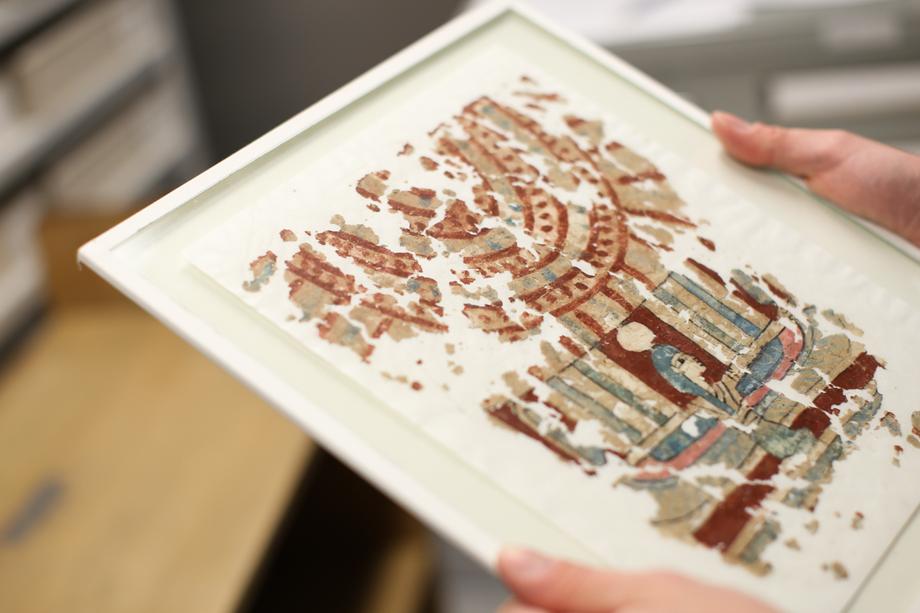Papyrology Collection
This world-renowned collection of ancient papyri is the largest in North America. Its texts and documents date from about 1,000 BCE to 1,000 CE, and include personal letters, school primers, sales contracts, and other records that paint a unique picture of ordinary life in the ancient world. Of special interest are pages from the oldest-known copy of the Epistles of Paul.
The collection continues to be preserved, inventoried, and digitized. Inventoried papyrus can be found in the Advanced Papyrological Information System (APIS), and at Papyri.info, which also includes papyrus held at other institutions. In-person viewing of physical papyri is available by appointment only at our location in the Hatcher Library at the discretion of staff.
History of the collection
This collection was originally developed by Francis Willey Kelsey, professor of Latin language and literature at U-M from 1889 to 1927. Kelsey purchased items for the university during expeditions in Europe and the Middle East, as well as through organized excavations in Egypt.
Conservation
Our guidelines for the conservation of papyrus documents important considerations, as well as the tools, equipment, and materials we use.

